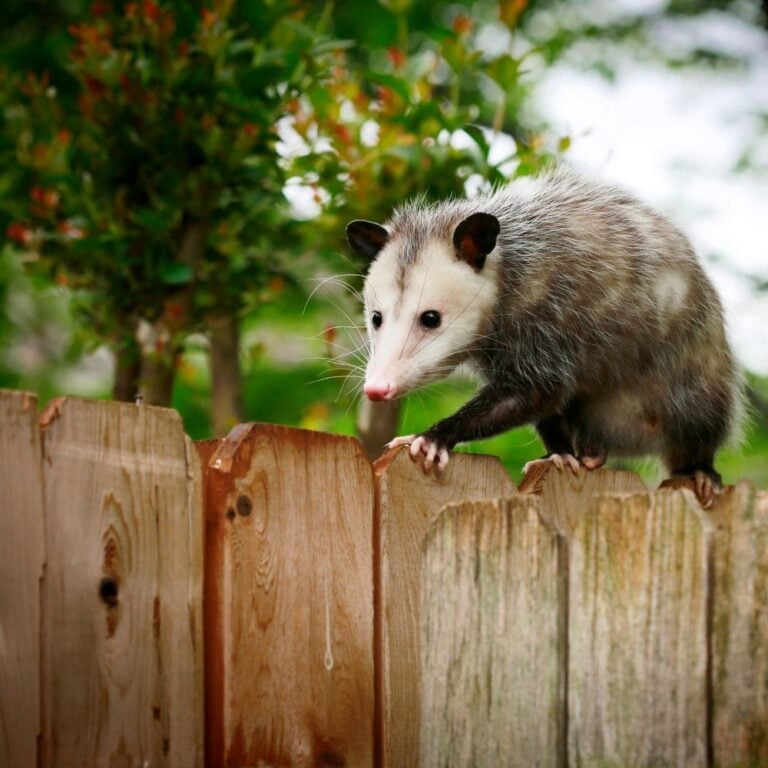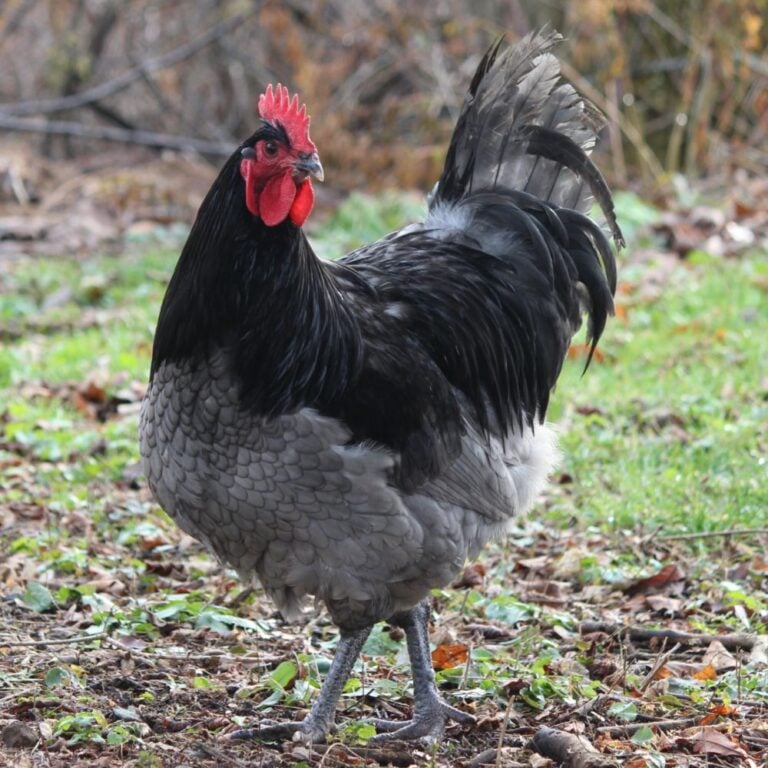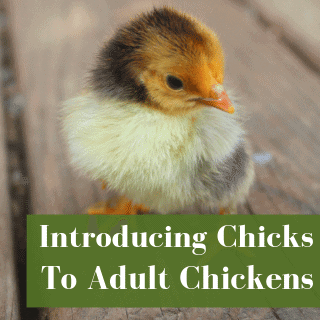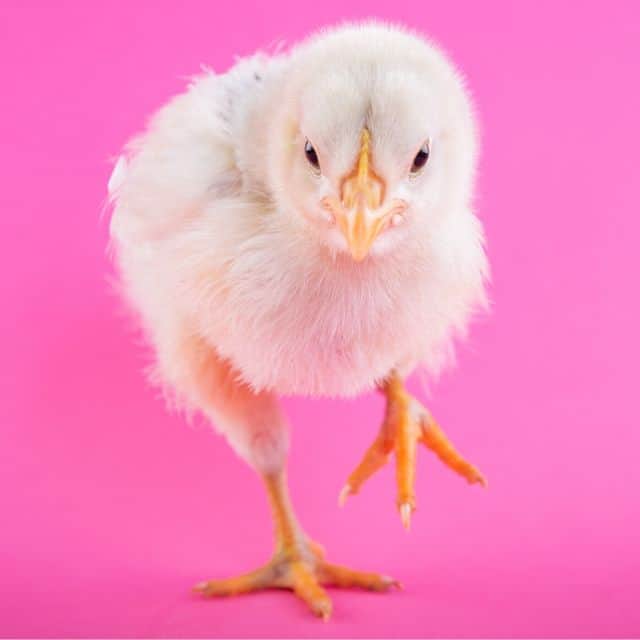“We all know that poultry grit is just another product that farm supply stores want to sell us, right?” “It’s not very important either to our chickens or our baby chicks, is it?” These are two very good questions, and I’ve got to share that in my experience, grit is VERY important.
Today, we’ll explore the idea of grit, and I will answer the question “Is chicken grit really necessary?”
Table of Contents (Quickly Jump To Information)
What is Poultry Grit?
Grit is small stones (yes, rocks) that help a chicken digest their food. Chickens will naturally pick up rocks, since it’s an instinctual behavior. But if your chickens don’t free range, or if you just want to make sure they’re as healthy as possible, poultry grit is pretty important.
It’s different from oyster shells, which are from oysters (the same animal that makes pearls). Oyster shells will dissolve in your chickens digestive system, and are an important source of calcium.
Grit, however, will not dissolve. While oyster shells can help chickens grind down their food, they’re not as effective as grit.
Chicken Grit: Necessary or Not?
People aren’t sure to give grit to their chicks or whether the chicks actually need it, but chickens need grit to digest their food, and there’s really no reason to not offer it.
What Exactly Is Chick Grit?
Chick grit is the same stuff that you give adult chickens, but it’s smaller, finer, and easier for chicks to pick up with their tiny beak. It looks like tiny flakes of rocks. There’s really no health reason to not give it to them. If you want peace of mind, make chick grit available, you can.
If you buy them at your local farm store, double check the label, and make sure the poultry grit is specifically for chicks. Certainly, if you let your chicks free range outside, you definitely want to provide it because if they pick up seeds, bugs, grains, or whatever, they can digest it better than they would without the grit. Remember your flock’s digestive systems are new, so any food your chicks pick up if they play outside will be harder for them to digest.
Similarly, if you’re giving your chicks extra treats like vegetables, leafy greens, herbs, black soldier fly larvae, mealworms, or shrimp, all of which I give to my chicks because they love them, you should also give them chick grit. This helps ensure they can digest them properly.
If your chicks are just going to be in a brooder and the only thing you’re going to give them is chick starter, the chick grit isn’t 100% necessary because commercial chicks starters are formulated to be easily digestible. However, it’s still not a bad idea to give them the extra grit just for precaution’s sake.
In the wild, the chicks will go out and get the grit themselves, their mother will teach them to pick up little stones and they’ll naturally gravitate towards picking up these little stones. But in a domesticated setting like us raising chickens, it’s always a good idea just to have the chick grit available.
How to Feed Poultry Grit To Chicks
There’s two ways to feed poultry grit to chicks. You can mix it with their feed, or offer it in a bowl separately. Both have their advantages. Mixing it with the feed means the chicks automatically will think it’s food and eat it. It’s also convenient and you don’t need to think about it.
However, you might want to offer the grit separately to make sure your chicks eat enough real food AND to monitor their feed and grit intake. Both options are perfectly fine, and it’s up to you and what’s best for your situation.
Got questions about poultry grit? Got comments? Got suggestions? Leave a comment below. Want to know more about grit, and your choices? Read my recent article about poultry grit here.
Maat van Uitert is a backyard chicken and sustainable living expert. She is also the author of Chickens: Naturally Raising A Sustainable Flock, which was a best seller in it’s Amazon category. Maat has been featured on NBC, CBS, AOL Finance, Community Chickens, the Huffington Post, Chickens magazine, Backyard Poultry, and Countryside Magazine. She lives on her farm in Southeast Missouri with her husband, two children, and about a million chickens and ducks. You can follow Maat on Facebook here and Instagram here.

![Essential Oil Coop Sprays for Healthier Backyard Chickens [Podcast]](https://thefrugalchicken.com/wp-content/uploads/2017/01/essential-oil-coop-sprays.jpg)


![Keep Chickens Safe From Predators Using 10 Expert Tips [Podcast]](https://thefrugalchicken.com/wp-content/uploads/2016/06/keep-chickens-safe-from-predators-min.jpg)


I love your videos. I’m learning so much!
Thank you for your time!
Heather Lee Steinmo
Thanks for letting me know! I’m glad you’re liking the videos!
What causes lameness in young roosters? Both of my Easter Egger bantam roosters are limping. I’m not aware of any injury but they are mating with young hens.
When mine do that they have been fighting and they grew up together and I haven’t seen them fight before but they started to once they got old enough to mate with the hens. Pecking order is being established now. It has gone back to normal now and they know who is the dominant rooster.
Thank you. Always good to have a second opinion. Love your videos.
Thank you!
Thanks Maat – Good info appreciate the time you put in for us chicken people